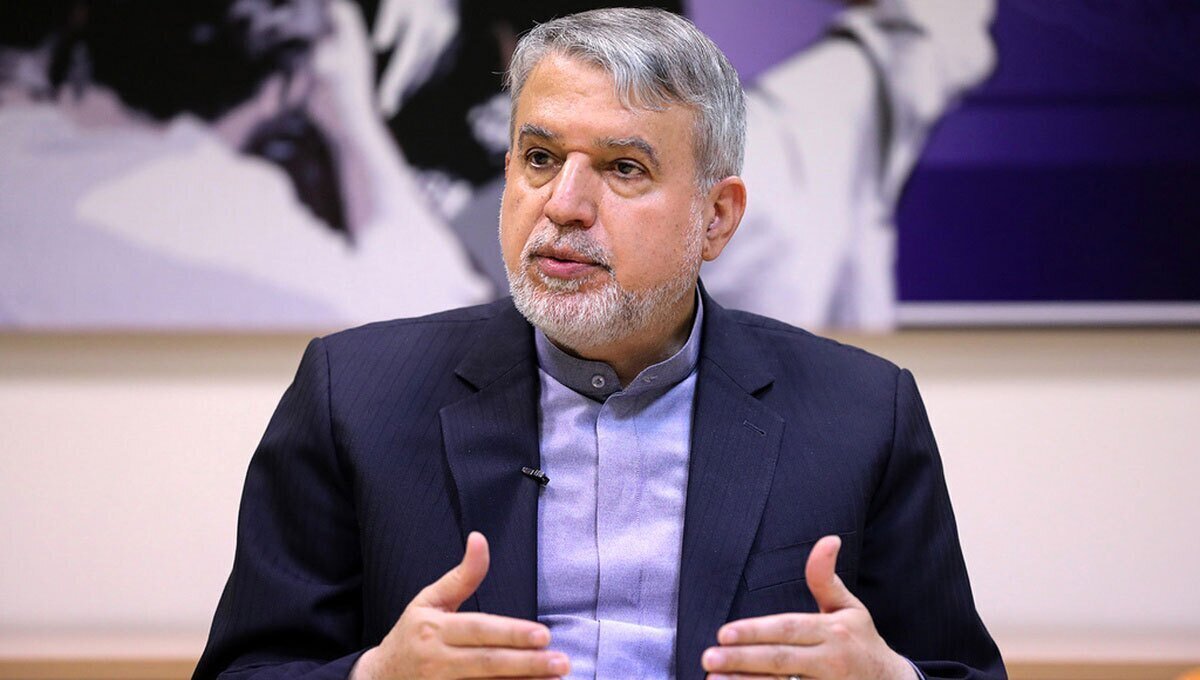Minister calls for stronger private sector role to boost Tehran’s tourism potential

TEHRAN - Iran’s Minister of Cultural Heritage, Handicrafts and Tourism has underlined Tehran’s significant potential for tourism growth while urged greater participation from the private sector to make full use of the city’s capacities.
Seyyed Reza Salehi Amiri told IRNA on Saturday that 101 tourism investment projects worth 3.55 trillion rials (about $3.5 million) are currently under way in Tehran province. He said the projects are expected to create more than 20,000 jobs.
“Achieving sustainable economic development is not possible without the active presence of the private sector,” Salehi-Amiri said. He added that the government should shift from direct management to a facilitative and supportive role for entrepreneurs.
According to the minister, real support for private investors includes removing legal barriers, creating a strong competitive environment, and providing conditions for innovation.
Elsewhere in his remarks, Salehi-Amiri said he had visited several tourism sites in Tehran, including Bamland, the [artificial] lake of Persian Gulf, [the cultural and tourism zone of] Abbasabad , and the Alibaba complex, as well as two hotels under construction.
The minister added that start-ups represent a form of “soft power” for Iran, noting that the country’s growing base of knowledge-based businesses and new ideas has become an emerging force in the economy.
He said the government’s policy focuses on empowering the private sector, supporting creativity, and promoting competition within Iran’s start-up ecosystem.
Tehran, the capital of Iran, offers a diverse range of tourism attractions that showcase the country’s rich history and cultural heritage. At the heart of the city stands the Golestan Palace, a UNESCO World Heritage site and one of the oldest royal complexes in Tehran. The palace, dating back to the Qajar era, features ornate halls, marble thrones, and mirror-adorned chambers that reflect the craftsmanship of Persian architecture blended with European influences of the 19th century. Nearby, the National Museum of Iran houses invaluable archaeological collections that trace the country’s civilization from prehistoric times to the Islamic era.
Visitors seeking a glimpse of Tehran’s traditional commerce and social life often head to the Grand Bazaar, a sprawling network of covered alleys where traders sell carpets, spices, jewelry, and handicrafts. The bazaar, with its bustling atmosphere and historic caravanserais, serves as both a commercial hub and a cultural landmark that has shaped the city’s identity for centuries.
Beyond the urban center, Tehran’s northern districts offer scenic escapes such as the mountain villages of Darband and Darakeh, popular for hiking, tea houses, and local cuisine along riverside trails. The city is also home to historic mosques and madrasas, including the Shah Mosque and the Sepahsalar Mosque, which display intricate tilework and calligraphy characteristic of Persian-Islamic design. Together, these attractions make Tehran a city where modern life and deep-rooted traditions coexist, offering travelers a comprehensive view of Iran’s cultural and natural landscape.
AM
Leave a Comment